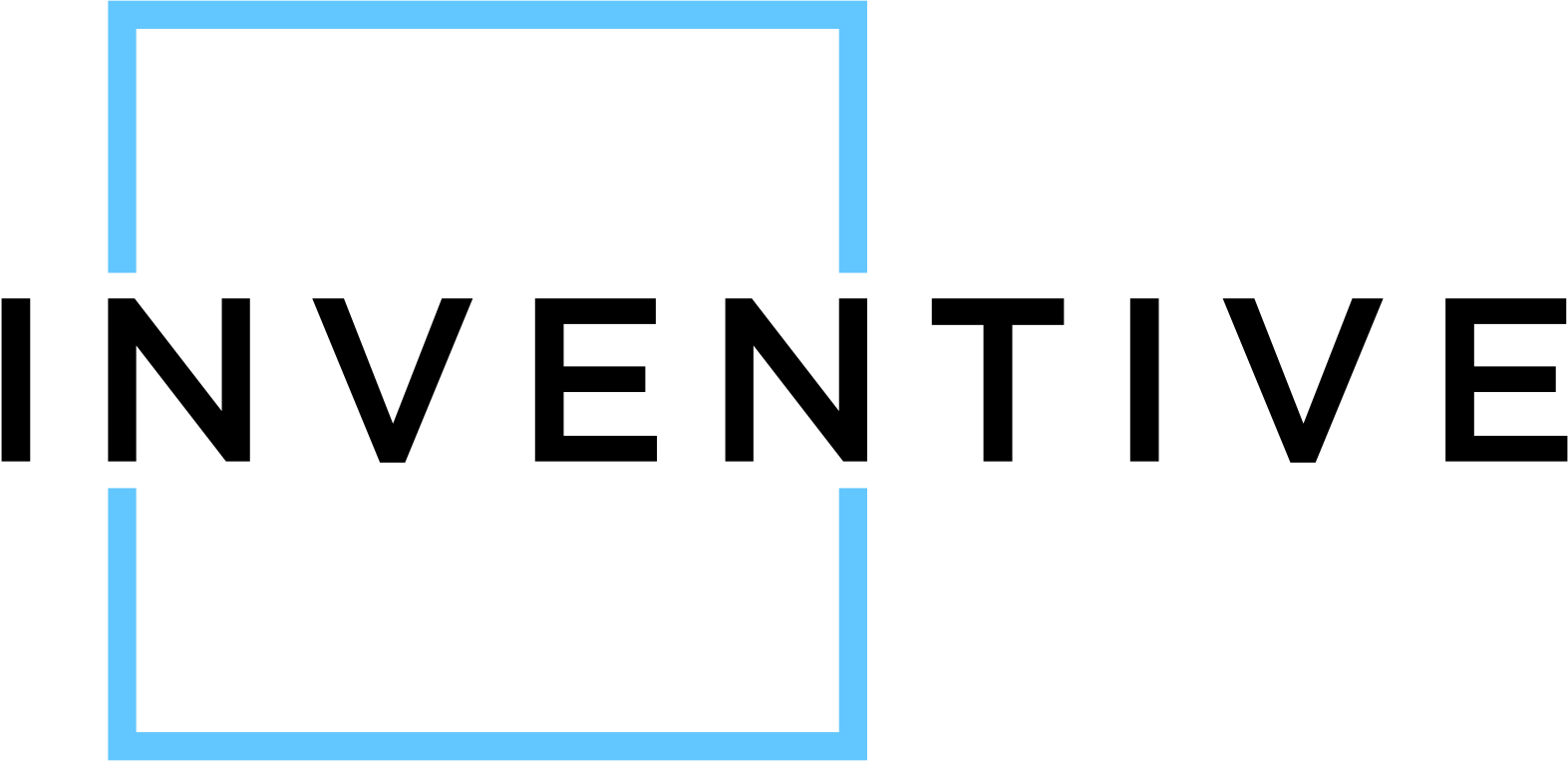Inventory’s Out Of Sync With Demand
Predictive AI forecasts inventory needs based on sales trends, reducing overstock and stockouts.


Inventory’s Out Of Sync With Demand
Predictive AI forecasts inventory needs based on sales trends, reducing overstock and stockouts.
Predict What Sells
Stop guessing and start forecasting. AI knows what’s moving and what’s not.
Stay Stocked Smarter
Too much or too little? AI finds your inventory sweet spot automatically.
BUSINESS PROBLEM

Numerous companies across retail, manufacturing, and distribution sectors struggle with inventory management systems that fail to sync with actual demand patterns. Bonmarché, a UK fashion retailer, exemplifies this issue, having faced significant operational challenges when their inventory systems couldn't accurately predict seasonal demand fluctuations, leading to £5.5 million in lost revenue and eventual administration filing. Similarly, Dollar General has been plagued by persistent inventory discrepancies that resulted in empty shelves alongside overstocked warehouses, with executives acknowledging inventory management as a "self-inflicted" wound costing the company approximately $100 million in lost sales annually.
The misalignment between inventory and demand creates cascading inefficiencies throughout business operations. At IKEA, which reported that up to 20% of its popular items frequently go out of stock in some markets, the result is an estimated 10-15% revenue loss and diminished customer loyalty. For smaller businesses like Pharmapacks, an e-commerce health and beauty retailer, inventory forecasting errors led to $18 million in unsold merchandise before its 2022 shutdown. When systems can't predict demand accurately, companies typically respond by increasing safety stock across the board, tying up working capital that could be deployed elsewhere.
The human toll of these inventory-demand misalignments is substantial. Employees at Target stores report spending up to 60% of their time managing inventory discrepancies rather than serving customers, leading to documented declines in employee satisfaction scores. Warehouse staff at companies like GameStop face unpredictable workflow surges as they rush to address stockouts while simultaneously processing returns of slow-moving inventory. The constant firefighting creates a reactive work culture where employees feel they're perpetually solving the same problems rather than contributing to business growth, with one supply chain manager at a mid-sized distributor describing inventory management as "the problem that never gets solved, just managed."
The financial impact extends well beyond the direct cost of excess inventory. Guitar Center, prior to its 2020 bankruptcy filing, reported spending 4% of revenue on additional freight and expediting costs to address stockout situations, while simultaneously writing down millions in slow-moving inventory. American Eagle Outfitters executives noted in earnings calls that inventory misalignment required them to discount merchandise by 30-40% more frequently than planned. Additionally, companies bear hidden costs in the form of data analysts and inventory specialists hired specifically to compensate for the limitations of existing systems, with the average mid-sized retailer employing 3-5 full-time employees dedicated solely to reconciling inventory discrepancies across channels.
Perhaps most concerning for long-term business health is how inventory-demand misalignment compromises strategic initiatives. JOANN Fabrics cited inventory management challenges as a primary obstacle to their omnichannel expansion, with their CEO noting that unpredictable inventory levels prevented them from confidently offering buy-online-pickup-in-store services. Peloton's well-documented inventory miscalculation in 2021-2022 not only cost the company nearly $200 million but forced a complete operational restructuring that diverted leadership focus from product innovation. These cases illustrate how inventory problems that begin as operational inefficiencies ultimately become strategic barriers that prevent businesses from evolving their customer experience, expanding to new markets, or implementing the automation necessary for scaling operations.
SOLUTIONS

Problem 1:
Businesses struggle with inventory systems that fail to accurately predict seasonal demand fluctuations, leading to significant revenue losses as seen with Bonmarché and Dollar General.
Solution 1:
This n8n workflow integrates e-commerce platforms with forecasting tools to predict seasonal demand based on historical sales data. The workflow pulls sales data from Shopify, analyzes seasonal patterns using Google Sheets, and creates inventory recommendations that account for seasonal fluctuations. It then updates inventory levels in the e-commerce platform and sends notifications to procurement teams about needed stock adjustments. This helps businesses maintain optimal inventory levels during seasonal changes, reducing both stockouts and excess inventory.
Reference: https://n8n.io/workflows/1281/
Problem 2:
Companies like IKEA experience frequent stockouts of popular items, resulting in revenue losses of 10-15% and diminished customer loyalty.
Solution 2:
This Make automation keeps customers informed about product availability while managing stockouts effectively. The workflow monitors inventory levels in real-time across e-commerce platforms like Shopify or WooCommerce, and when stock drops below predefined thresholds, it automatically notifies customers who have wishlisted or viewed the product previously. It also creates restock alerts and allows customers to sign up for notifications when items are back in stock. This helps maintain customer engagement even during stockouts and prioritizes replenishment of high-demand items.
Reference: https://www.make.com/en/templates/2382-send-automated-email-when-shopify-product-is-back-in-stock
Problem 3:
Employees at companies like Target spend excessive time (up to 60%) managing inventory discrepancies rather than serving customers, leading to decreased employee satisfaction.
Solution 3:
This n8n workflow automates routine inventory reconciliation tasks to free up employee time. It connects POS systems with inventory management platforms to automatically identify and flag discrepancies on a daily basis. The workflow generates specific task assignments for quick resolution, categorizes discrepancies by type and priority, and tracks resolution metrics. By automating the identification and routing of inventory issues, retail staff can spend more time on customer service while still maintaining accurate inventory records.
Reference: https://n8n.io/workflows/1659/
Problem 4:
Companies face increased freight and expediting costs (as high as 4% of revenue for Guitar Center) to address stockout situations while simultaneously dealing with slow-moving inventory.
Solution 4:
This Make scenario helps businesses balance inventory across multiple locations to reduce expedited shipping costs. The workflow monitors inventory levels across different warehouses or retail locations, identifies imbalances where one location has excess stock while another is running low, and automatically creates transfer orders to redistribute inventory before stockouts occur. It calculates the cost-effectiveness of transfers versus new orders and prioritizes actions that minimize shipping costs. This helps businesses maintain optimal inventory distribution while reducing emergency shipping expenses.
Reference: https://www.make.com/en/templates/2921-create-slack-message-when-inventory-level-changes
Problem 5:
Inventory-demand misalignment prevents businesses from implementing strategic initiatives like omnichannel expansion, as seen with JOANN Fabrics struggling to offer buy-online-pickup-in-store services.
Solution 5:
This n8n workflow enables omnichannel inventory visibility to support services like buy-online-pickup-in-store. It synchronizes inventory data across e-commerce platforms, in-store POS systems, and warehouse management systems in real-time. The workflow reserves inventory appropriately when online orders select in-store pickup, updates store staff about incoming pickups, and adjusts online product availability based on accurate multi-location inventory data. This gives businesses the inventory confidence needed to offer omnichannel services without fear of disappointing customers.
Reference: https://n8n.io/workflows/1257/
Predict What Sells
Stop guessing and start forecasting. AI knows what’s moving and what’s not.
LIFE AFTER

Picture this: Bonmarché, the UK fashion retailer that once danced with the devil of inventory misalignment, could have sashayed into a far more prosperous fate. Had they embraced an n8n workflow that integrates e-commerce and forecasting tools, they might have pirouetted around their seasonal demand missteps. By analyzing historical sales to create buttery-smooth inventory recommendations, Bonmarché could have transformed a £5.5 million debacle into a sensational sales crescendo. Instead of filing for administration, they might be grooving to the beat of thriving sales and satisfied customers, keeping their product lines as fresh as a polished disco ball.
Enter Dollar General, an arena where inventory chaos was almost a sport, leading to $100 million bleeding annually due to "self-inflicted wounds." Imagine if they had enlisted a savvy Make automation, one that turns customer wishlists into eager alerts during stock shortages. Suddenly, their shelves wouldn’t have echoed with emptiness, as customers remained engaged and hopeful for restocks. With such ingenious automation in play, Dollar General could have emerged as the quarterback of inventory mastery, cementing their reputation not just in thrift but in inventory precision—like a Tom Brady of retail.
Then there's IKEA, where stock-out blues may have drowned out the Swedish melodies playing in the background. Consider a Make automation keeping fans in the loop about their beloved items' availability. Customers would feel as informed as Bond about his next mission, maintaining loyalty and excitement. This approach transforms potential dropouts into die-hard brand advocates, eagerly awaiting restocks with bated breath. IKEA could significantly pare down their 10-15% revenue loss, reclaiming their spot as the go-to for stylish, flat-packed living solutions.
It’s not just about saving brands from financial quicksand but turning them into shining examples of modern retail prowess. Imagine the FOMO spreading faster than a viral cat meme amongst your competition if you, too, could conquer the beast of inventory misalignment. The tools are within grasp; the journey to transformative efficiency is but a click away. Ready to become the phoenix of your industry?
Stay Stocked Smarter
Too much or too little? AI finds your inventory sweet spot automatically.
Customer Testimonials
Our AI, Agent, and workflow automation has saved customers countless hours.
Equipped with stellar development proficiency, Inventive devised a reliable system that mirrored their client's technical requirements. The team's dedication, top-notch communication, and transparent project management skills guaranteed a progressive and agreeable engagement.


Inventives' efforts have enhanced the design and experience of the site, which have received positive feedback from visitors. They provide a comprehensive set of services that has proven to be economical and reliable. They are collaborative and proactive in delivering high-quality work on time.


Exhibiting ample control of their technical expertise, Inventive Works rewarded the client with a sustainable web app, which their engineering team found manageable and seamless. Proactive and adaptable, the team generated precise solutions and productive ideas while remaining receptive to feedback



